Get more info or book your accessible tour to Berlin, Germany with Berlin for All.
For handicapped people, Berlin has to offer a lot. Since it is the capital city, Berlin gets much attention and is a role model for other cities. Therefore they spend much money on making the city as much accessible and barrier-free as possible. Since 1992 the public transportation networks with their subways (U-Bahn), trams, buses, and the S-Bahn have been reconstructed to become accessible for handicapped people. In the moment 92 of 173 subway stations are wheelchair accessible by ramp or elevators. The long-term objective is to make all stations accessible for wheelchair users and blind people. Most of the museums and theaters are already accessible. Many restaurants and bars are equipped with lavatories for handicapped people. Since Berlin is a service and tourist destination most people are very helpful.
BERLIN WHEELCHAIR ATTRACTIONS
1. The Museumsinsel (Museum Island)
In the city center, there is the museum island (UNESCO world heritage) offering 5 museums, must-sees are for example the Neues Museum with the Egyptian bust of Nefertiti and the Pergamon Museum, one of the world’s major archeological museums – the museums are mostly wheelchair accessible.
2. Sightseeing Tours
A very good way to learn more about the city is to take part in a sightseeing tour by bus and boat. can also organize a trip on a wheelchair accessible boat with a toilet for a Spree tour on the water. This is an absolute must. There are two different tour boats, the Peacock (1-hour tour)and the Havel Queen (1.5-hour tour). The Havel Queen tours on a lake viewing North Berlin. Both are accessible (including the bathroom) and can accommodate power wheelchairs. We offer trips with our wheelchair accessible van or bus.
3. Oranienburg Palace and KZ Sachsenhausen
Near Oranienburg, there is the former concentration camp of Sachsenhausen showing the horrible atrocities which happened here during WWII. The museum is wheelchair accessible and offers also an adequate lavatory. The oldest baroque palace of Brandenburg is the Oranienburg Palace. There is a well-worth-seeing collection of unique artworks. This complex is wheelchair accessible.
4. Potsdam
Potsdam is the former center/capital of Prussia and a very historic and beautiful city near Berlin (40 min by S-Bahn or bus). It offers different castles/palaces which can be visited like Sanssouci (mostly wheelchair accessible) and Cicilienhof (wheelchair accessible). The historic city center is also worth a trip.
5. Schloss Charlottenburg (Palace)
The Charlottenburg Palace, located in the West of Berlin, is the largest and most important remaining Hohenzollern residence in Berlin. A landscaped park and a unique baroque garden surround the complex. There is one area that is not wheelchair accessible but the rest of the palace is.
6. Madame Tussauds
The world-famous wax museum was established in Berlin in 2008 and offers lots of national and international stars and politicians. The complex is equipped with a lavatory for the handicapped and is wheelchair accessible.
7. DDR Museum
The DDR Museum is one of the most-visited ones in Berlin and is unique because of three main reasons: It concentrates on everyday life in the GDR – the hands-on and interactive experience of history – the museum is privately financed to 100%. Accessibility: There is a lavatory for the handicapped and there is an extra entrance for people with wheelchairs. Quite narrow. Not advisable for big groups. Not everything can be seen because of a few steps to one part.
8. Jewish Museum Berlin
The building was designed by Daniel Liebeskind. The zinc-clad building is already worth visiting. The museum gives an overview (past and present) of the history of the German Jews. It belongs to one of the most successful museums in Berlin. Accessibility: 2 lavatories for handicapped, nearly full wheelchair accessible. Only one little part is not accessible because of a few steps.
9. Topography of Terror
There are more than 600,000 people who visit the “Topography of Terror” each year. This makes it one of the most frequently visited places of remembrance in Berlin. During the “Third Reich” the Secret State Police, the SS, and the Reich Security Main Office were located there. The documentary shows the dimensions of the Nazi reign of terror. The exhibition is wheelchair accessible.
10. Panoramapunkt
Since wheelchair users can’t visit the Fernsehturm (TV Tower) at Alexanderplatz because of safety reasons the Panoramapunkt is the best way to enjoy fantastic views over the city in an altitude of about 100 m. You can see the Brandenburg Gate, the Reichstag, the Bellevue Palace, the Federal Chancellery, the Berlin Cathedral, the TV Tower, Gendarmenmarkt, the Holocaust Memorial, and much more.
11. Reichstag
The Reichstag or German Bundestag has developed into a major visitor attraction. Since the transfer from Bonn as the former capital of Germany to Berlin the Reichstag has been visited by 15 million people. Inside the glass dome, visitors can enjoy the view over the parliamentary and government quarter. The building is wheelchair accessible.
12. Brandenburg Gate
The former city gate is one of the most famous symbols and landmarks of Berlin. The logo of Berlin for all also shows the Brandenburg Gate. It is also the monumental entry to the famous boulevard “Unter den Linden” and is very close to the Reichstag building.
13. Berlin Wall Memorial (Bernauer St.)
This memorial is the central memorial site of the German division right in the middle of the capital. It contains the last piece of the Berlin Wall with the preserved grounds behind it. That is how the visitors can get an impression of how the border fortifications developed until the reunion. The memorial with its center, the panorama tower, and its outdoor installations is wheelchair accessible.
Last updated on January 21, 2025

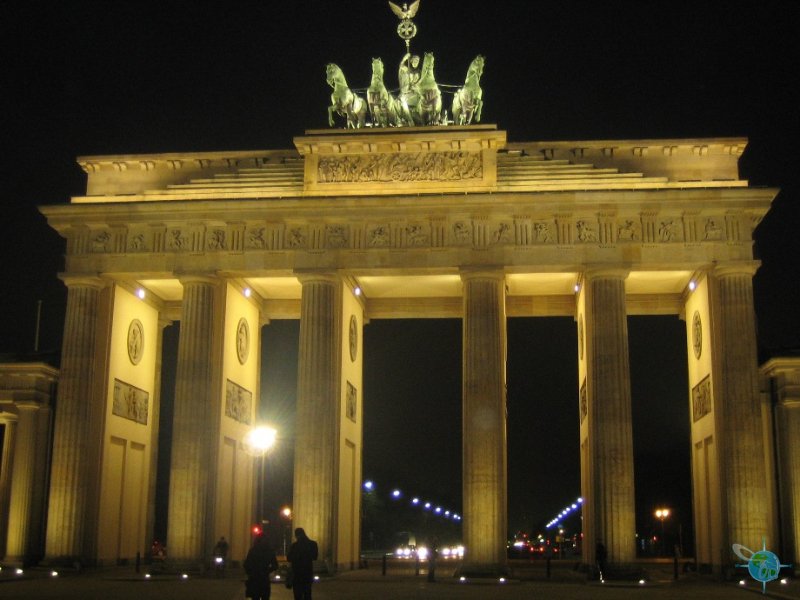


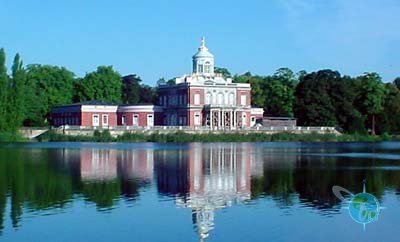

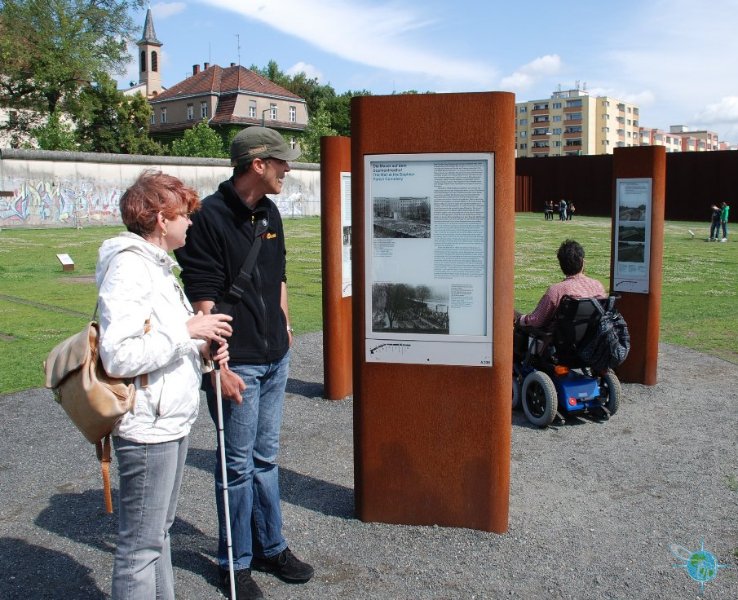
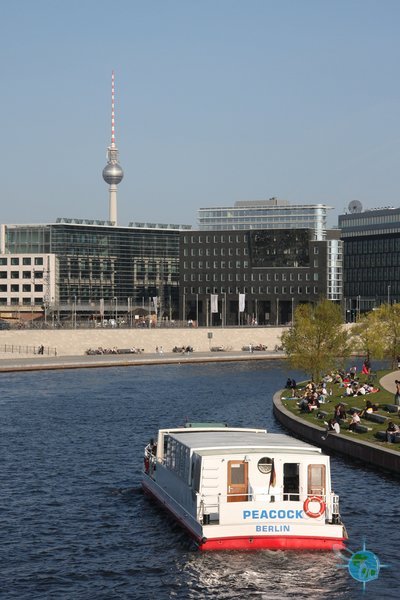

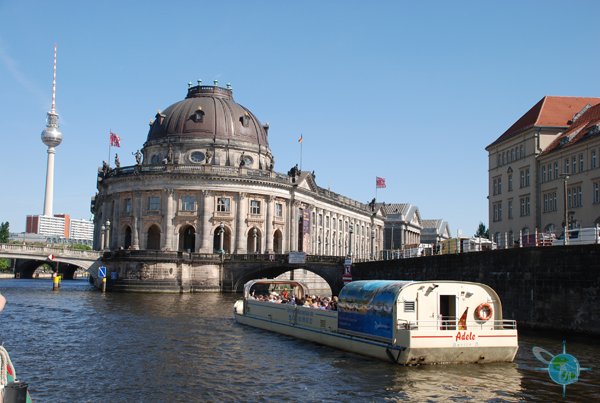
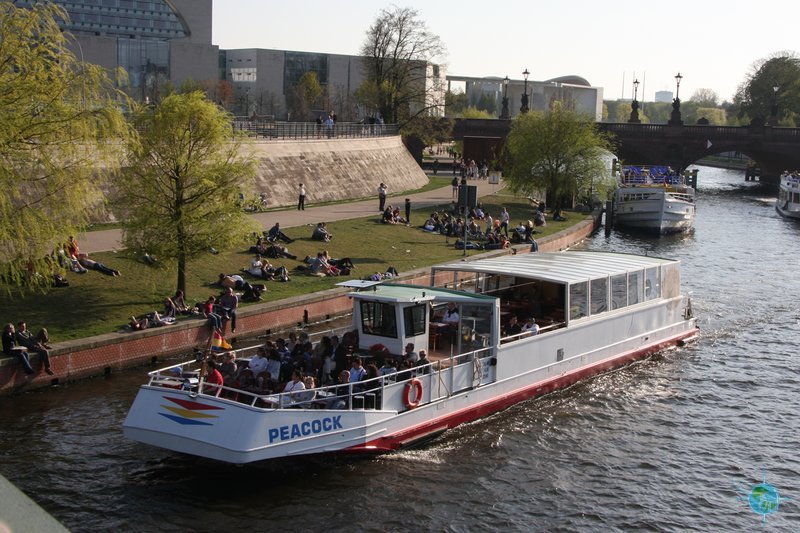
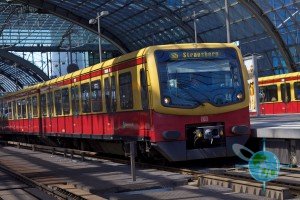
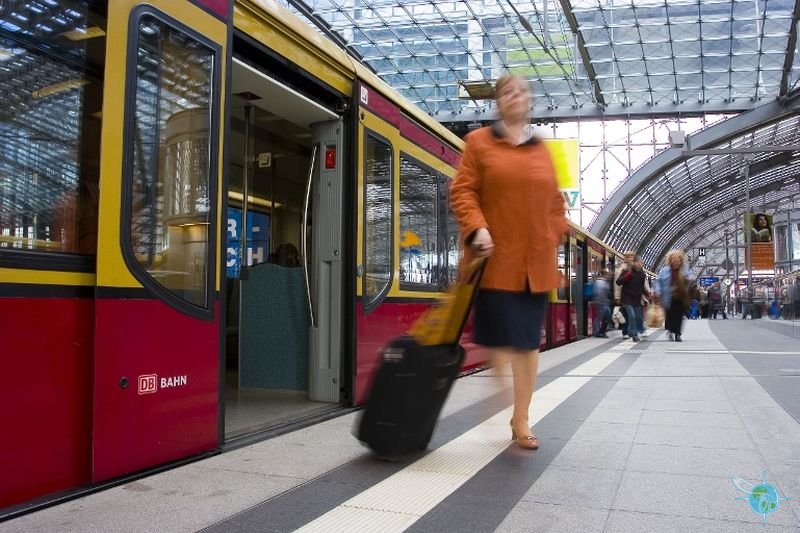
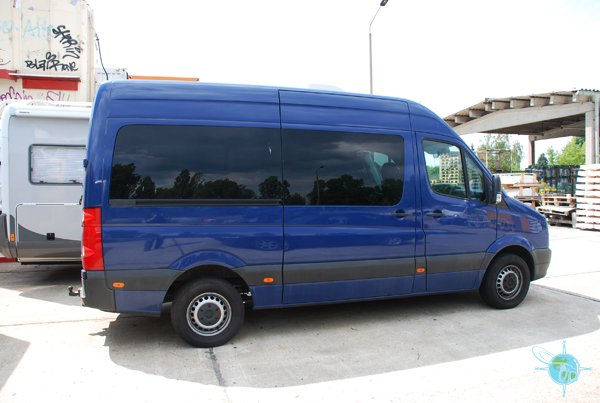
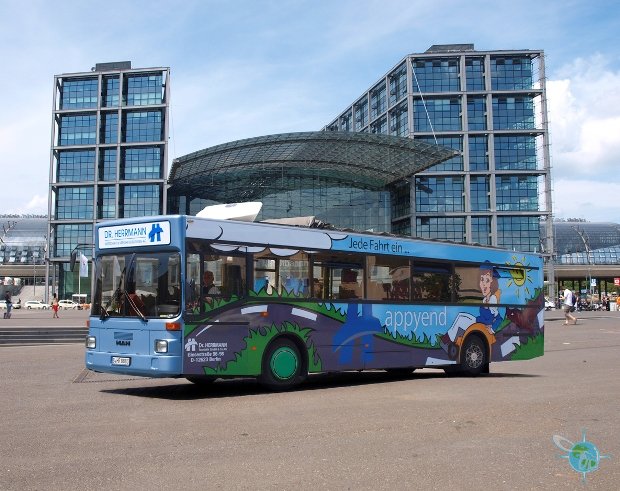

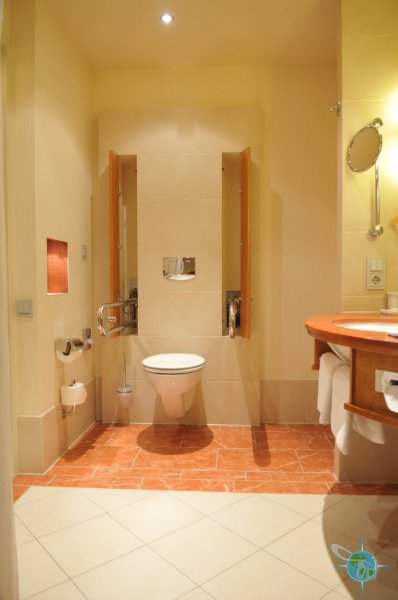
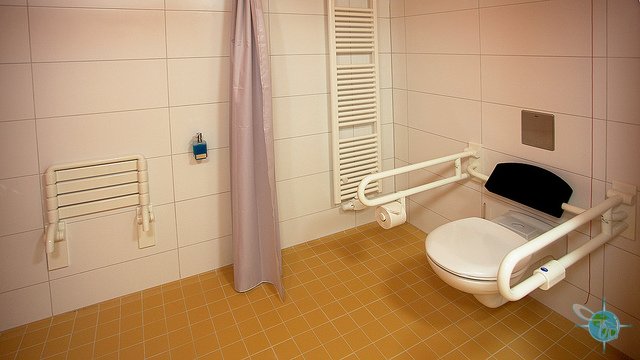
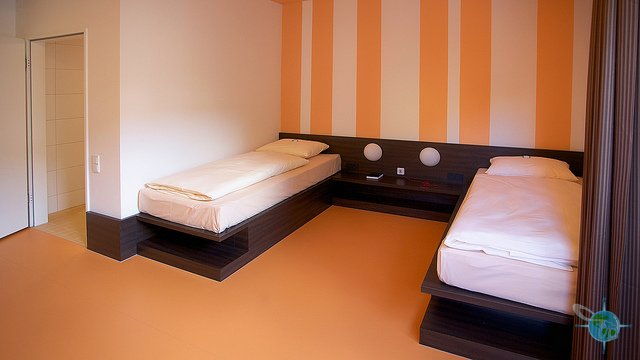
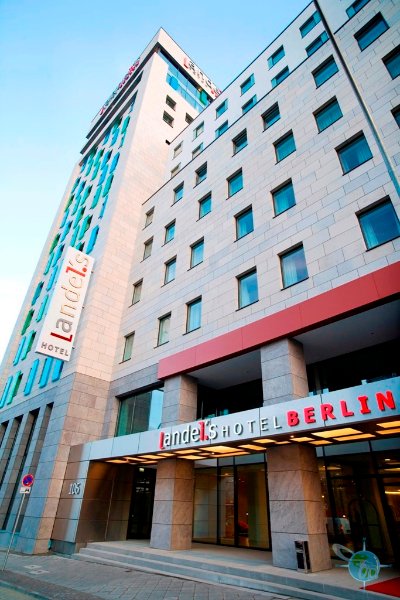
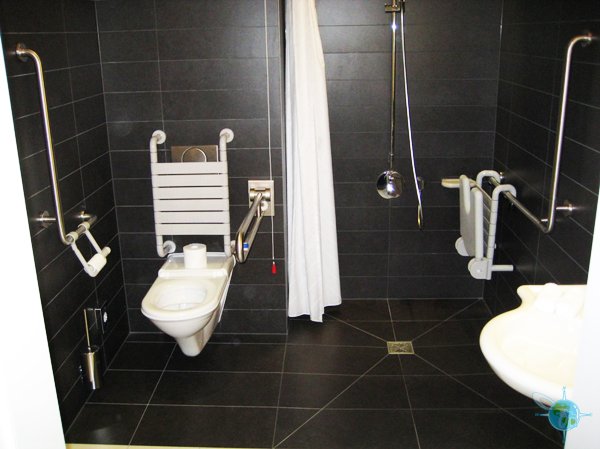
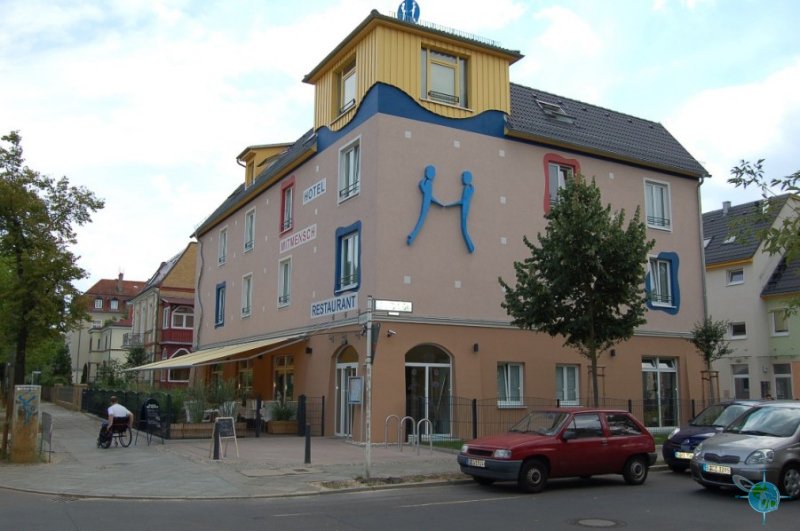
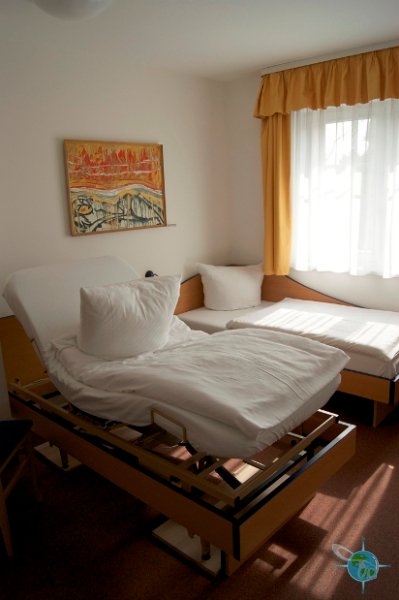
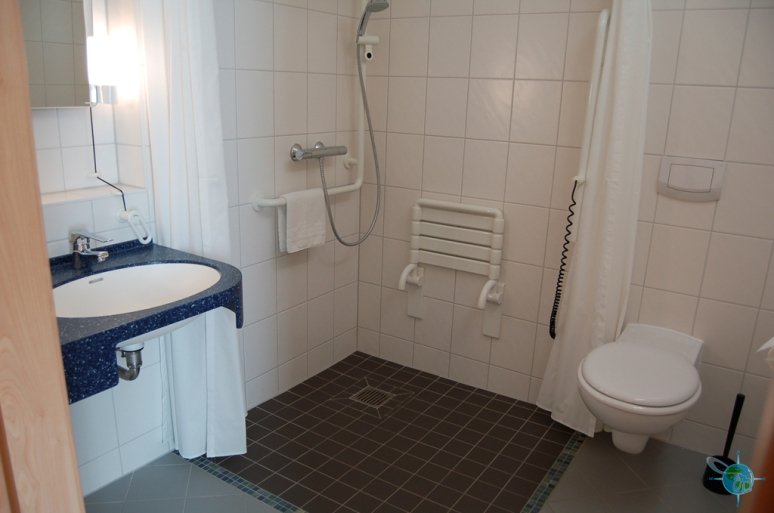
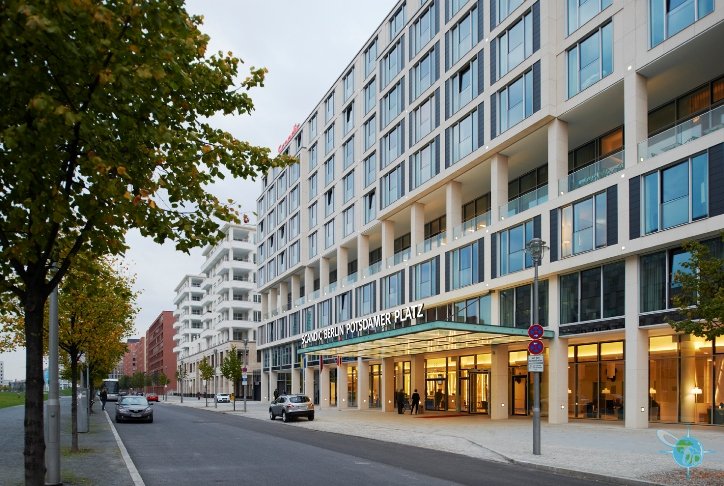
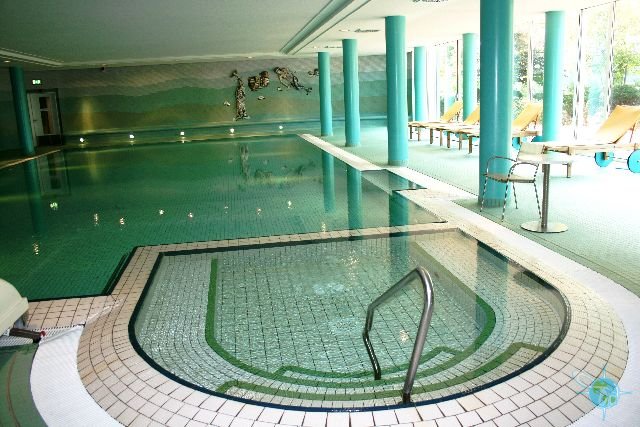
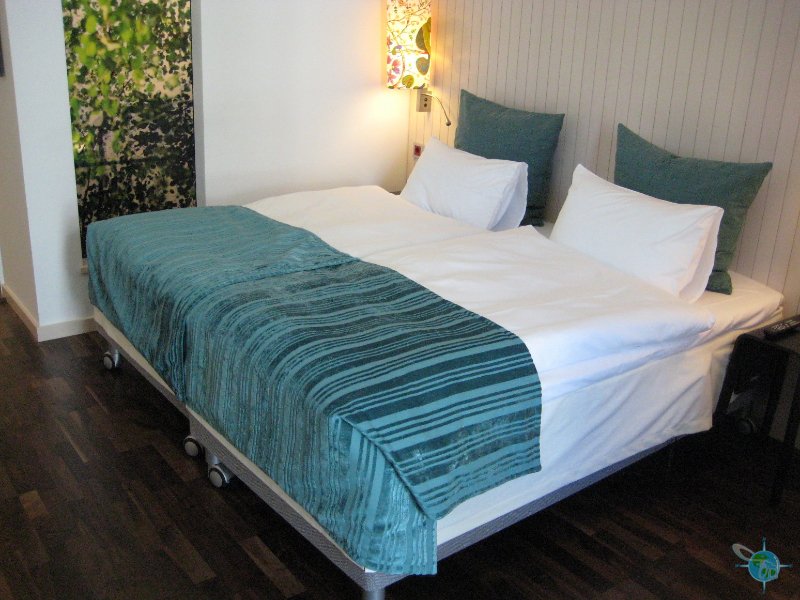
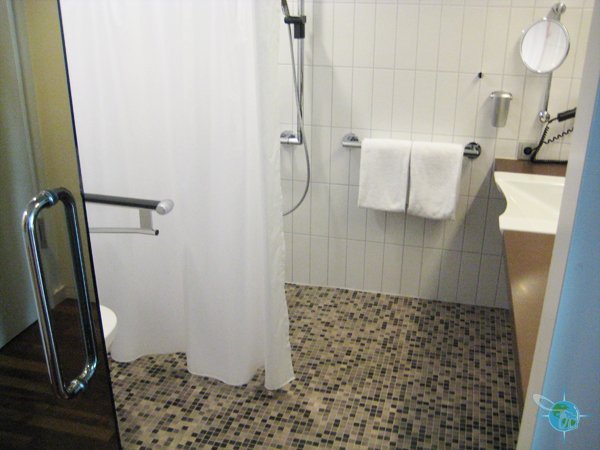


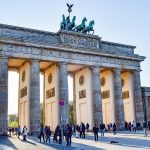
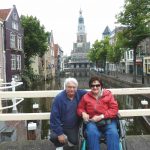

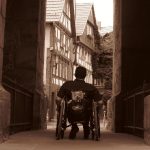




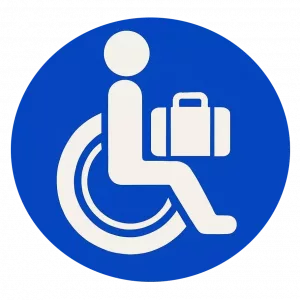



we stayed in crown plaza city center, our visit in berlin was great, I drive a scooter and I enjoyed the accessibility of the streets and hotel, and took taxi to arrive to far places. my scooter is foldable, and is very easy to put in the trunk of every small car. I had one insulting case with one taxi driver, that stood close to our hotel, the driver didn’t want to take us when he saw me on the scooter, she refused to listen when we told her that it is foldable and easy to store in the trunk… Read more »